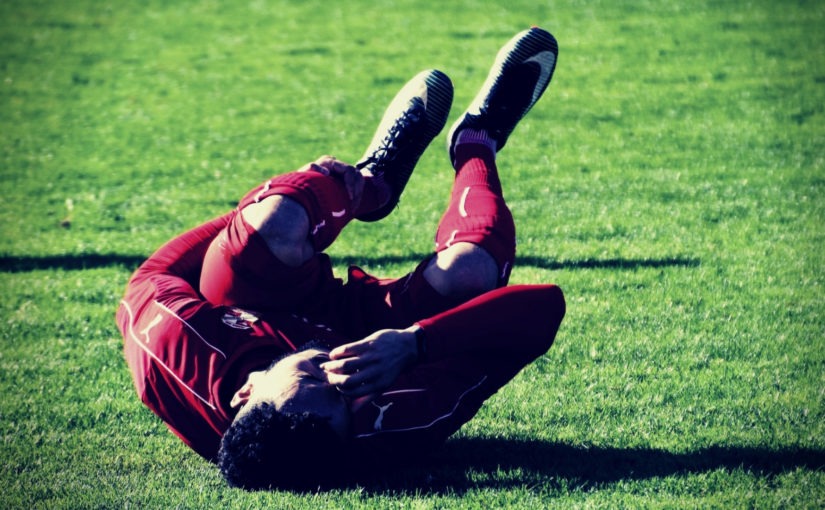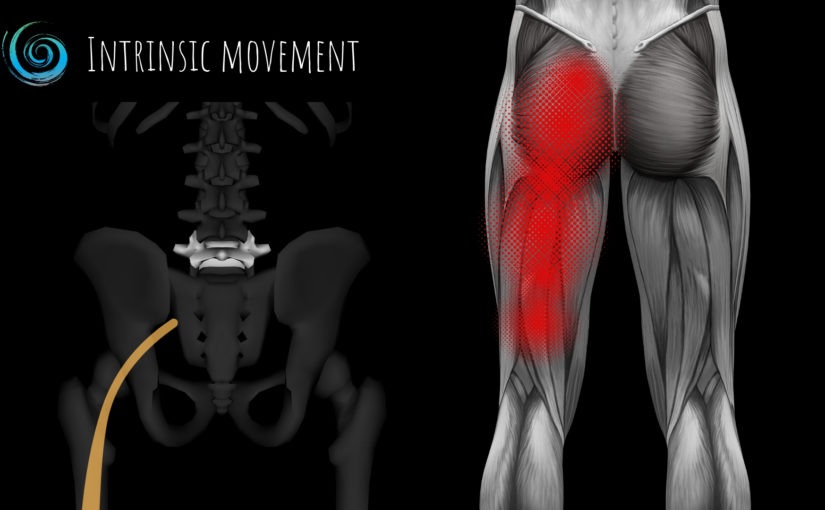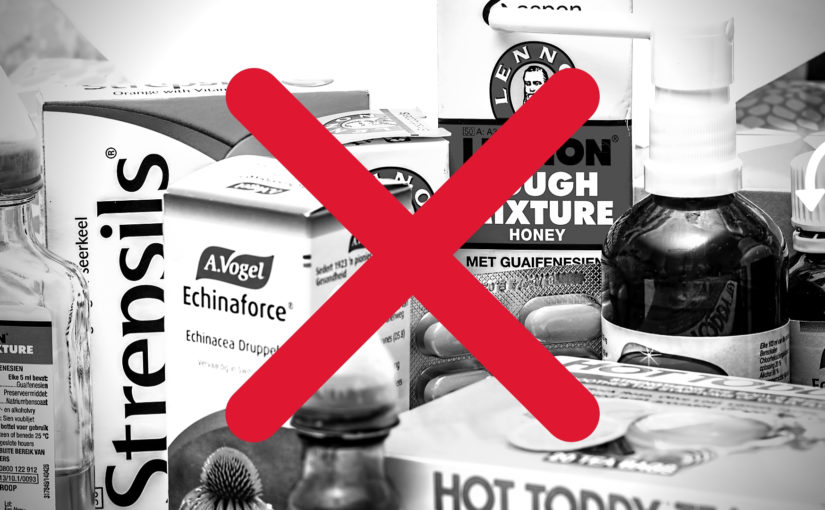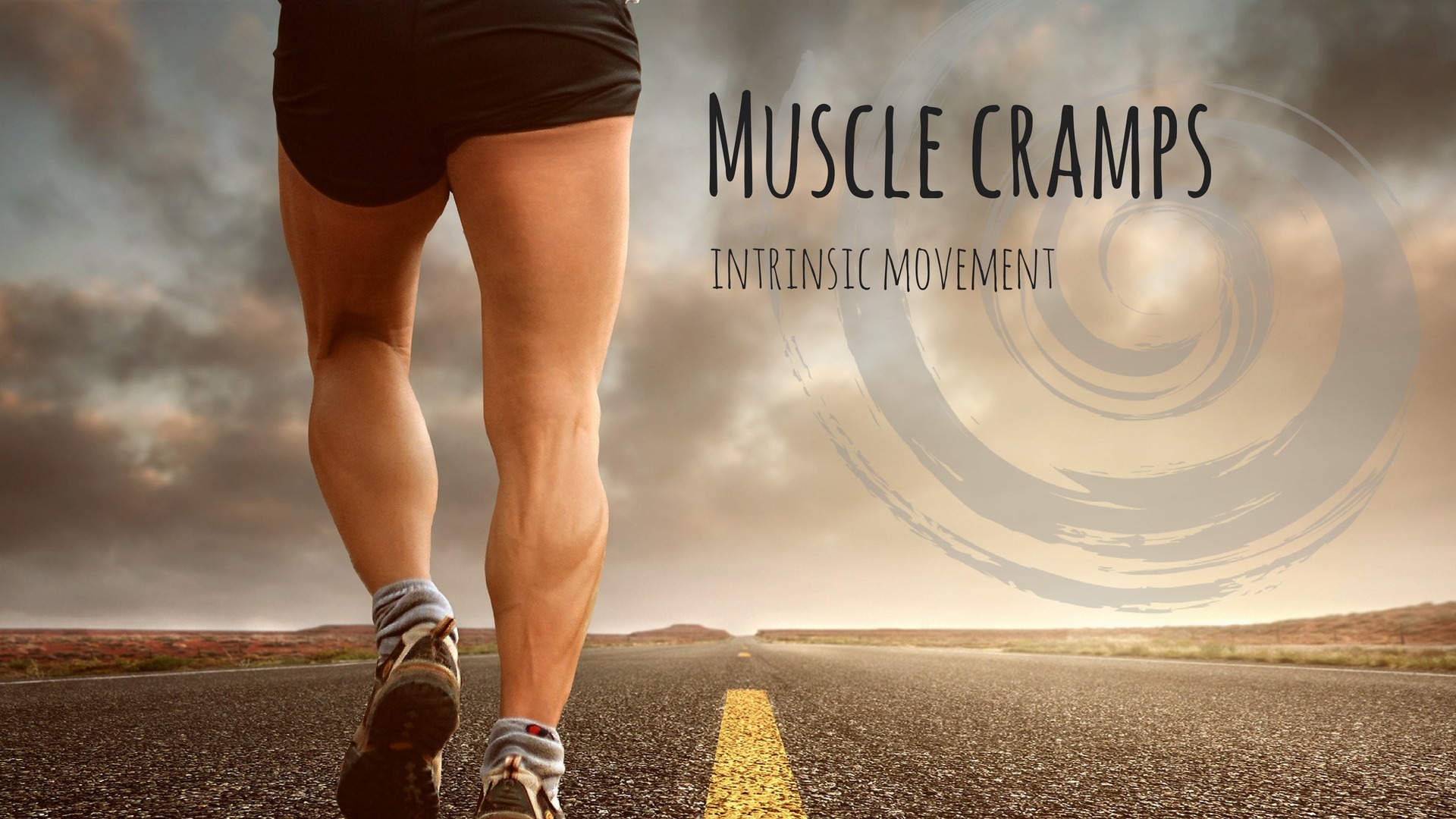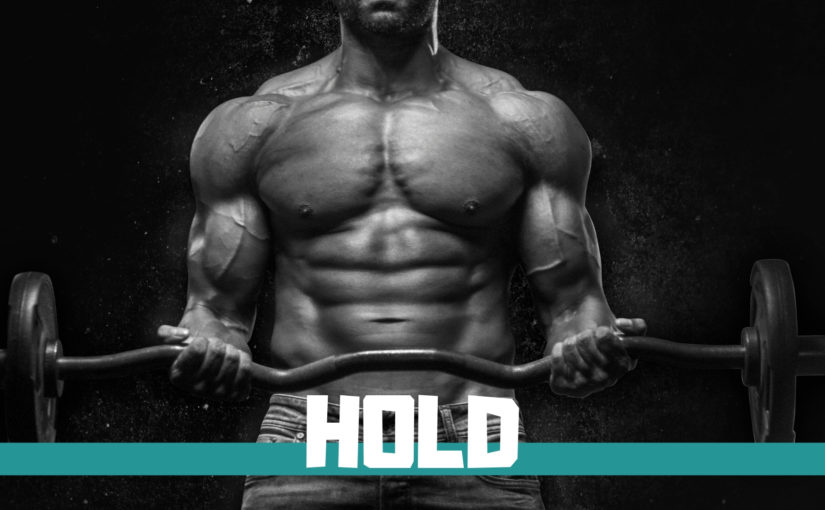A muscle sprain or strain may hurt like hell and often stop you from enjoying the activities you love.
In this article, I will discuss what sprains and strains are. Some preventative measures and what you can do if you have a sprain or strain.
Firstly, what is the difference?
Well, let’s get down to the bones of the matter. Our bones are connected to other bones by fibrous bands of tissue that are tough and somewhat flexible (Ligaments).
The role of ligaments is to support and stabilize our joints. An overstretched or torn ligament is known as a sprain. One common sprain occurs when you roll your ankle.
Movement of a joint occurs when a skeletal muscle contracts. When a muscle crosses a joint and contracts concentrically, the fibers shorten and pull one bone closes to the other creating movement at that joint.
Individual muscles are made up of thousands of thin muscle fibers aligned alongside each other longitudinally. At the ends of each muscle a tendon forms which attaches the muscle to the bone.
Tendons of larger muscles feel strong almost like bone, yet they are flexible and have some give.
Make a fist, you will feel them pop up in your wrist. Or feel the back of your ankle (Achilles tendon), they are firm but also movable, unlike bone.
Overstretched or torn muscle or tendon is known as a strain. Strains can happen within the muscle, where the tendon attaches to the bone or more commonly where the muscle and tendon join (musculotendinous junction). Common strains occur in the hamstrings or lower back.
what causes a Sprain or Strain?
A Sprainsor strain can occur as a result of either an acute injury due to a sudden trauma or chronic issue causing repetitive micro-tearing or overstretching of the tissue.
Acute Sprain or strain
- Inadequate warm-up.
- Pushing too hard in training or muscle fatigue.
- Sudden twisting or jerking movements.
- Lifting a heavy object. Especially in awkward positions.
- Uneven ground, losing footing.
- Fall or tackle.
Chronic Sprain or strain occur with low-level overexertion, poor posture and repetitive activities that cause micro tears or overstretching of the muscle or ligament.
These conditions cause a constant state of low-level injury and reinjury. It feels like a constant niggling pain that can increase with fatigue. A lot of the time the body desensitizes and the pain begins to feel normal.
The problem with this is the soft tissue structures are in a weakened state, they are not functioning optimally and are creating an imbalance.
This like a ticking time bomb, ready to go off!
Like a snow-covered mountain peak, just the smallest amount of external influence can cause an avalanche
What are the symptoms?
Its not easy to differentiate between a Sprain or strain, as they have similar symptoms. It is basically an overstretching or tearing of the soft tissue (ligament, muscle or tendon) involved.
Common symptoms of sprain or strain:
- pain
- swelling
- limited flexibility
- difficulty using the joint’s full range of motion
- Instability
Strains are more likely to cause muscle weakness, spasms and cramping anywhere in the affected muscle. Whereas sprains will only be around a joint and pain may not be felt until weight is applied or when stretching.
First Aid
The first thing to implement if you sprain or strain your tissue is the P.R.I.C.E protocol. This will reduce further damaging the area and will aid in the healing process and recovery time.
Mild sprains and mild strains are treated with the same technique.
More severe sprains and strains may require surgery to repair the damage.
Protection
Protect the injured area from further damage. Stop activity!
Rest
Immediately cease the activity you are doing and avoid using the muscle. The amount of rest required will depend on how severe the sprain or strain is.
With a mild strain generally, a day or two will be enough however pain and stability will really be your main indicator.
Ice
Immediately after the injury apply ice to the area as this will help to minimize swelling, constrict blood flow to the area and reduce bruising. Never apply the ice directly to the skin, wrap it in a cloth to avoid ice burn.
You can repeat icing the area for the next 2-3 days to control swelling.
Icing for 20 minutes at a time allowing 2-3 hours in between so fresh blood flushes through the area.
Compression
Compressing the area with an elastic bandage will also help to reduce swelling. Just be sure not to wrap the area too tightly. Reducing too much blood flow deprives the area of oxygen and nutrients, further damaging structures in the area and below.
Keep an eye on the fingers and toes when bandaging limbs. If you notice they change to a bluish color, feel numb or pins and needle-like symptoms, it is a clear indicator that the bandage to too tight.
Elevation
When possible raise the injured area above the level of your heart. Doing so will allow gravity to assist in moving fluid away from the site, decreasing swelling and pain.
Just remember a small amount of inflammation is a natural way of protecting and healing an injury and is necessary. However, if it is excessive and causing pain, Non-Steroidal Anti-inflammatory medication may be needed for a short period. Consult your Doctor or Pharmacist for this.
*Too much rest can weaken the muscle and prolong the healing process, and this is where the new acronym has come in P.O.L.I.C.E
- P: Protect
- O: Optimal
- L: Loading
- I: Ice
- C: Compress
- E: Elevate
https://www.youtube.com/watch?v=-5cT6_PFV80
Personally, I believe P.O.L.I.C.E to be the right course of action, however, what does that mean? How much loading? How much movement? What is safe? What is causing more damage?
I recommend following P.R.I.C.E initially and booking into your GP, Myotherapist or physiotherapist to assess how significant your injury is. They will be able to guide you with how much movement or loading is safe to implement without causing more damage.
How significant is your sprain or strain?
Your Doctor may request X-rays or an MRI to determine the extent of damage and to rule out any bone breaks or fractures.
With a physical examination, we can grade how severe the injury is.
- Grade 1: Only involves a few fibers that are torn or overstretched. Approximately less than 5%.
Sprain: Small amount of laxity and pain at the joint.
Strain: Mild damage, mild pain. Strength will not change much.
These will generally take between 2-3 weeks to improve.
- Grade 2: A moderate amount of fibers that are torn or overstretched.
Sprain: There will be significant pain, swelling, and laxity of the joint.
Strain: There will be a significate loss of muscle strength with a grade 2 strain, the pain will be more severe and felt when contracting and stretching the muscle as well as at rest.
These will generally take between 3-6 weeks to improve.
- Grade 3: Complete rupture
Sprain: The joint will feel really unstable. Pain and swelling can be quite intense and all the muscles surrounding will tense up to compensate for the instability.
Strain: Initially this will cause a great deal of pain but then it is likely to subside as there is no tension pulling on the other end of the muscle. There will be a complete loss of muscle power and a bulge may be seen under the skin as the muscle recoils towards its attached end.
Surgery will be required to reattach the muscle.
This is a complete rupture and can take around 3 months to rehabilitate but may not recover 100%.
Treatment
Approximately 2-3 days of P.R.I.C.E / P.O.L.I.C.E protocol, the swelling should have subsided. After the swelling has gone down heat may be applied to relax the muscle and reduce pain. Heat also draws more blood to the injury site, helping with healing as fresh blood delivers with it fresh nutrients and oxygen.
At this time and perhaps even sooner depending on pain levels, some light stretching, and isometric strengthening can be started. These will help the recovery process, increase strength and reduce stiffness that may have developed.
As the body is healing, it is laying down new cells to repair the site (scar tissue). This is the time where you should book in with your Myotherapist. Scar tissue that doesn’t align in the same direction as muscle fibers create a weakened spot that is prone to reinjury.
Your Myotherapist can develop a stretch and strengthening regime to suit your stage of rehabilitation. Slowly increasing your level of activity is essential, you don’t want to go too hard too fast and cause reinjury.
Massage at this point will aid in warming the tissue and increasing blood circulation and waste removal.
Return to full activity is indicated when pain-free, as well as having full range of movement and strength.
*If you are unable to bear weight on and or bend the affected joint, or if you experience numbness or tingling around the area, or pain that is excruciating to touch, book in to see your Doctor.
If your skin becomes shiny, red and tight seek medical attention immediately.
Prevention
As with everything, Prevention is better than cure!
So what measures can you take to reduce injury?
- Ensure you are warming up before activity. Gentle Dynamic stretching
- Take time to stretch out muscles after activity and cool down effectively. Static stretching is best.
- Wear appropriate fitting footwear that is supportive.
- Bend with your knees when lifting heavy objects.
- Don’t lift and twist at the same time.
- Listen to your body, allow recovery time. Fatigued muscles are prone to strain and injury.
- Get enough sleep.
- Stay hydrated.
- Watch out for potholes ha-ha.
In addition to all the above, book in for regular treatments with your Myotherapist.
We can assess your biomechanics, address muscle strength/imbalances, ease tight tense muscles, and prescribe corrective exercises to get you in prime form.
Thanks for reading, I hope you have found this article to be useful.
If you have any questions or would like to book in a Myotherapy or massage session you can contact me via the below information.
